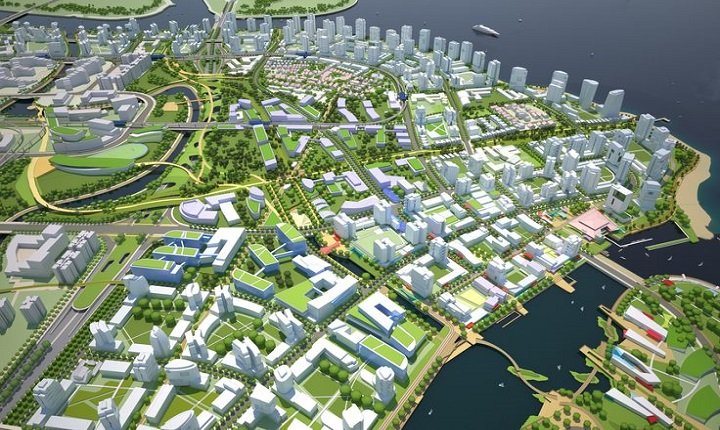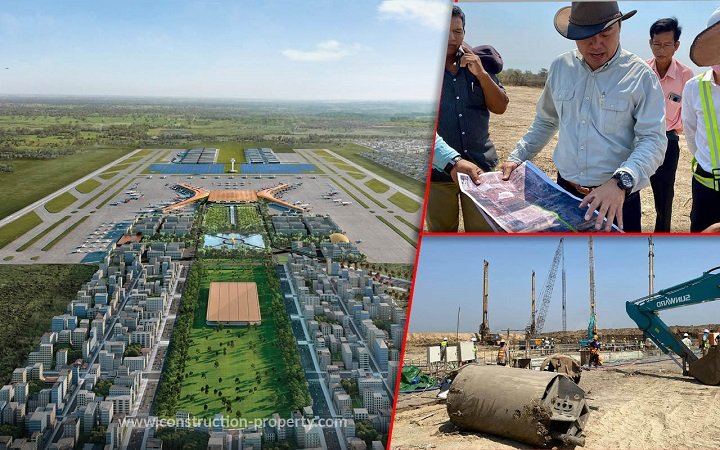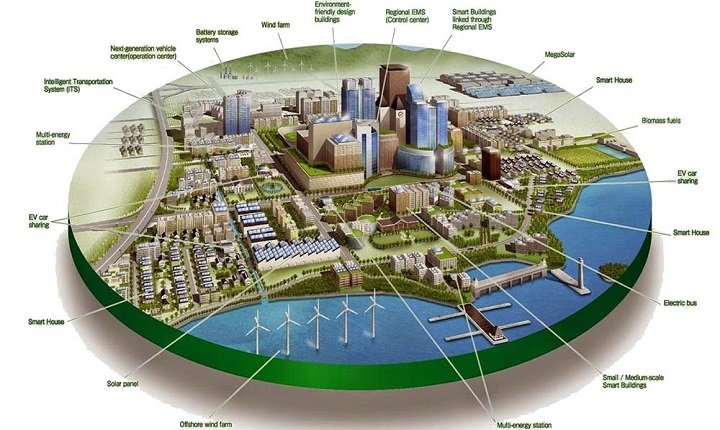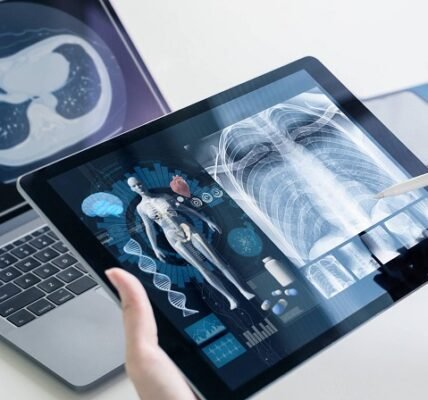Revolutionizing Urban Planning has always played a crucial role in shaping the way we live, work, and interact in cities. As our cities grow and evolve, the need for innovative and forward-thinking solutions becomes more important than ever. In this blog, we’ll explore how urban planning is being revolutionized by new technologies, ideas, and approaches. We will also look at the importance of urban planning and how these changes can help build cities that are more sustainable, efficient, and enjoyable to live in.
What is Urban Planning? Revolutionizing Urban Planning
Urban planning is the process of designing and organizing the physical, social, and economic layout of cities and towns. It involves making decisions about how land should be used, where buildings and infrastructure should be located, and how to improve the quality of life for the people living in urban areas.
Traditionally, urban planning was a long, complicated process involving a lot of paperwork, meetings, and manual labor. But now, thanks to new technologies and innovative approaches, urban planning is undergoing a transformation. Cities around the world are adopting smart solutions that make urban planning more efficient, inclusive, and sustainable.
Why is Urban Planning Important?
Good urban planning ensures that cities grow in a way that benefits all residents. It helps prevent problems like traffic congestion, pollution, and overcrowding. While also promoting the development of parks, public transportation, and affordable housing. In a world where more than half of the population lives in cities, effective urban planning is key to creating livable, healthy, and vibrant communities.
Technologies Revolutionizing Urban Planning
With the advancement of technology, urban planners now have access to tools that make the planning process more precise and efficient. Let’s take a look at some of the key technologies that are revolutionizing urban planning:
1. Geographic Information Systems (GIS)
GIS is a technology that allows urban planners to visualize, analyze, and interpret data related to the geography of a city. It helps them understand the relationships between different factors, such as population density, traffic flow, and land use. By using GIS, planners can create detailed maps that show the current state of a city and make informed decisions about future development.
For example, if a city is planning to build a new park, GIS can be used to identify the best location by analyzing factors such as proximity to residential areas, availability of open space, and access to public transportation.
2. Smart Cities and Internet of Things (IoT)
Smart cities use technology to improve the quality of life for residents by making services more efficient and accessible. One of the key components of a smart city is the Internet of Things (IoT), which involves connecting everyday objects to the internet to collect and exchange data.
In the context of urban planning, IoT can be used to monitor things like traffic patterns, air quality, and energy usage. This data can help city planners make more informed decisions about how to manage resources and improve city infrastructure. For example, IoT sensors can be used to adjust street lighting based on real-time conditions, or to optimize waste collection routes to reduce fuel consumption and emissions.
3. 3D Modeling and Simulation
Gone are the days when urban planners relied solely on 2D maps and blueprints to design cities. 3D modeling and simulation technologies are now being used to create detailed, interactive models of cities that allow planners to visualize how new developments will look and function in the real world.
These models can also be used to simulate different scenarios. Such as the impact of a new building on traffic flow or the effects of climate change on a city’s infrastructure. By using 3D modeling and simulation, planners can test different ideas and identify potential problems before construction begins.
4. Artificial Intelligence (AI)
Artificial Intelligence (AI) is another game-changing technology that is revolutionizing urban planning. AI can be used to analyze vast amounts of data and provide insights that would be impossible for humans to detect on their own. For example, AI algorithms can be used to predict population growth. Traffic patterns, and energy consumption, helping planners make more informed decisions.
In addition, AI can automate tasks like zoning and permitting. Which traditionally took months or even years to complete. By using AI, cities can streamline the planning process and reduce the time and cost of development.
5. Sustainable Design and Green Building Technologies
As concerns about climate change and environmental sustainability continue to grow, cities are placing a greater emphasis on sustainable design and green building technologies. Sustainable urban planning focuses on reducing the environmental impact of cities by promoting the use of renewable energy, reducing waste, and improving public transportation systems.
Green building technologies, such as energy-efficient buildings and renewable energy sources, are becoming an integral part of urban planning. Cities are also incorporating green spaces, like parks and urban forests, into their designs to help mitigate the effects of climate change and improve the quality of life for residents.
For more information on sustainable urban design. Check out this insightful resource from the World Resources Institute.
Challenges in Urban Planning
While new technologies are making urban planning more efficient and effective, there are still significant challenges that cities must overcome. Some of the key challenges include:
1. Population Growth and Urbanization
One of the biggest challenges facing urban planners is the rapid growth of cities. This growth puts immense pressure on cities to provide adequate housing. Transportation, and infrastructure for their residents.
Urban planners must find ways to accommodate this growth while also ensuring that cities remain livable and sustainable.
2. Affordable Housing
As cities grow, the demand for housing increases, often driving up prices and making it difficult for lower-income residents to find affordable homes. Urban planners must balance the need for new development with the need to provide affordable housing options for all residents.
3. Environmental Sustainability
As cities expand, they often encroach on natural habitats and contribute to environmental degradation. Urban planners must find ways to reduce the environmental impact of cities by promoting sustainable design, green building practices, and the use of renewable energy.
The Future of Urban Planning
The future of urban planning is bright, thanks to the rapid advancement of technology and the growing awareness of the need for sustainable development. As cities continue to grow. Urban planners will play a critical role in shaping the future of our urban environments.
1. Inclusive and Participatory Planning
One of the key trends in the future of urban planning is the move towards more inclusive and participatory planning. Cities are increasingly involving residents in the planning process, using tools like online surveys, public forums, and social media to gather input from the community.
By involving residents in the planning process, cities can ensure that new developments meet the needs and desires of the people who live there.
2. Climate-Resilient Cities
As the effects of climate change become more apparent, cities are focusing on building climate-resilient infrastructure. This includes designing cities to withstand extreme weather events. Such as floods, hurricanes, and heatwaves, as well as incorporating green spaces and sustainable design practices.
3. The Rise of Smart Cities of Revolutionizing Urban Planning

Conclusion
From GIS and AI to sustainable design and smart cities, the future of urban planning looks promising. By embracing these innovations. Cities can create more efficient, sustainable, and enjoyable places for people to live.
To dive deeper into the future of urban planning, check out this comprehensive.





